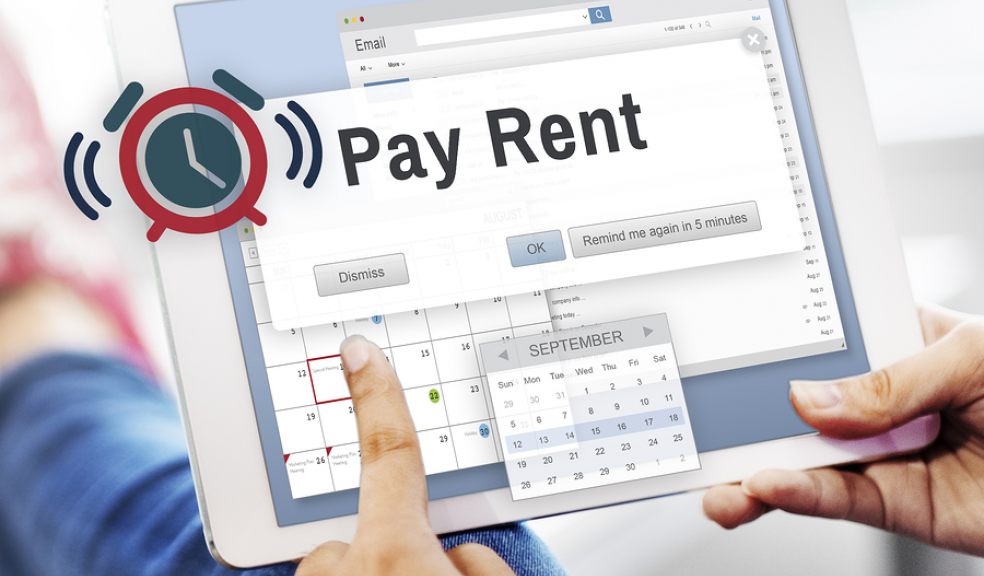
Social housing tenants face £1,000 a year average rent rise
The Local Government Association is urging new ministers to rethink the Pay to Stay policy which will require councils to charge some of their tenants higher rents from April 2017.
It comes as new analysis reveals today that more than 70,000 social housing tenants could face rent rise bills of an average £1,000 a year from next year under government plans to increase rents for those deemed to be earning high incomes.
The LGA is warning the policy would create a bureaucracy causing stress to families, further costs to councils, and financial returns to the Government far lower than it originally forecast. It is also warning administrative complexities now make implementation from April 2017 impossible.
Councils need to invest millions in new IT systems, hire new staff and write to more than a million social housing tenants to try and understand household income and approve individual tenant bills by January. This will be a difficult, lengthy and costly process for councils, and is likely to be unpopular with tenants and result in high levels of costly appeals and challenges.
Under Pay to Stay, High Income Social Tenants (HISTs) are defined as households with incomes of £40,000 and above in London and £31,000 and above in the rest of England - for example a working couple each earning above £15,500 outside of London would be defined as HIST – who will have to pay close to market rents from next year.
Tenants on housing benefit and universal credit will be exempt. For eligible tenants above the high income thresholds rent increases will be tapered, as called for by the LGA. Every £1 they earn above will mean a 15p increase.
The Government will take additional rents taken from tenants minus a proportion that councils will retain to help administer the policy, an amount to be determined by the Government.
New analysis by Savills for the LGA, which represents more than 370 councils in England and Wales, projects:
- 70,255 households will earn above the £31,000 income threshold outside London and £40,000 inside the capital.
- 9.3 per cent of households living in council housing in the south east will see their rent increase along with 7.7 per cent in the east of England and 5.3 per cent in the north east.
- Average monthly rent uplifts would be £72 for households outside of London and £132 a month inside. Affected households will see their rent increase by an average of £1,065 a year.
- Increased rents are expected to generate just £75 million annually, before making deductions for significant administrative costs. Originally the Government had forecast returns of £365 million in 2017/18.
Cllr Nick Forbes, LGA Senior Vice Chair, said:
“Pay to Stay will affect thousands of social housing tenants across the country, with the average affected household seeing their rent rise by £1,065 a year.
“For families this will cause anxiety, uncertainty and costs. For councils it will generate bureaucracy and new administrative costs and complexities. And at the end of it, for Government, it will generate nowhere near the financial return it had originally expected.
“Pay to Stay sounds straightforward but it is a policy with initially unseen complexities, and which could generate large numbers of costly legal appeals and challenges from tenants.
“The Government has committed that councils will be able to keep reasonable administrative costs. In many local areas, these costs will outweigh the additional rent collected leaving little or no extra income for the Treasury to keep, and leave the councils out of pocket.
“Pay to Stay risks becoming an expensive distraction from our joint ambition to build more homes
“We urge new government ministers to take this opportunity to allow councils to decide whether or not they will introduce Pay to Stay for their tenants and to keep the additional rent to invest in new and existing homes, as will be the case for housing association tenants.
“At the very least, it should delay implementation to allow for approaches to be tested and piloted, and to provide councils with the support to implement the policy with minimum disruption.”

















